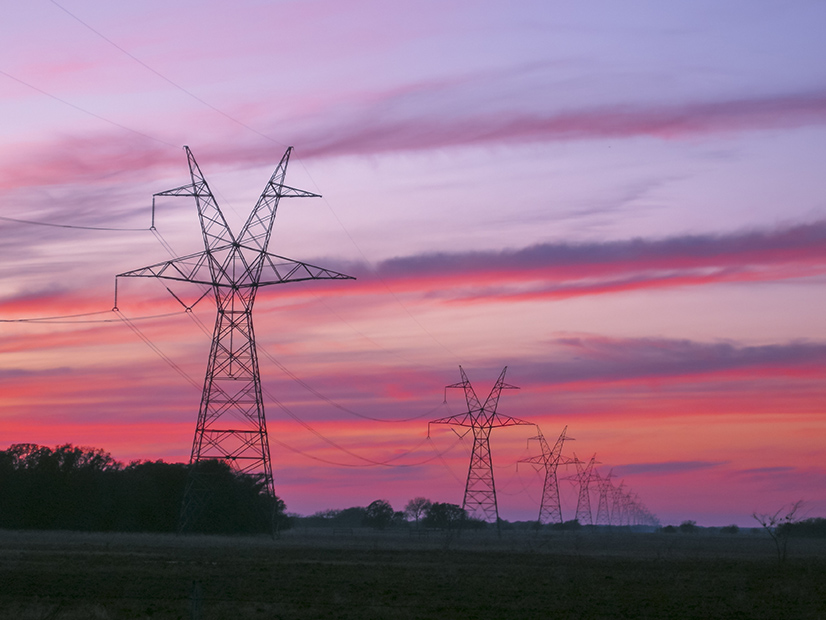
Planning and developing interregional transmission is “one of the greatest challenges” to building a clean and reliable power grid, Hunter Armistead of Pattern Energy said at CLEANPOWER 2021 on Wednesday.
“The energy transition that we know is going to occur requires interregional planning,” Armistead, Pattern’s chief development officer, said during the American Clean Power conference in Salt Lake City.
In the absence of a single directive to make more connections between major U.S. regional grids, progress on that front is slow and cumbersome.
FERC has had a light touch on the issue, but stakeholders have suggested that that should change.
“We’ve heard an interest in maybe being a bit more specific with our requirements for interregional planning,” Elizabeth Salerno, FERC’s lead for transmission and technology initiatives, said during the panel discussion.
FERC could make interregional planning a requirement rather than only requiring coordination, which she said has produced varying degrees of participation by regions.
A planning requirement from federal regulators would also mean addressing the “tricky” issue of interregional cost allocation, she said.
Additionally, coordination efforts are hampered by regional differences, Salerno said.
“They have different inputs, different scenarios and different modeling methodologies, and that makes it really hard to coordinate across footprints,” she said.
It may be possible, she added, for FERC to build more consistency across regions, thereby making cross-regional coordination easier.
While regional interconnections are needed to transmit remote clean energy resources to demand centers, Salerno said there is also an important conversation to be had about the reliability benefits of interregional transfer capacity.
During the cold-weather event that devastated the Texas power grid in February, MISO and SPP were able to lean on PJM and bring in a lot of power, she said.
“That was able to alleviate some perhaps worse outcomes than what we faced,” she said. “Contrast that with the situation in Texas, which has limited interconnections, and how that event played out there.”
MISO’s interconnection with PJM was “fortunate,” MISO executive director Derek Bandera said.
“We were able to wheel a lot of power from the PJM region … and we were able to help our neighbors SPP to the west,” she said.
Much of the transmission that facilitated that exchange, he added, was built to help move wind power to the East.
“We saw a huge reliability and resilience benefit from that,” he said.
Given the immense challenges that come with interregional planning, Bandera said regions need the ability to innovate.
“One of the key takeaways as we think about making [interregional transmission] happen is making sure that the regions have the flexibility to come up with innovate solutions and not necessarily get hamstrung by some set of rules,” he said.
The work that MISO and SPP have done to recognize interregional transmission as a priority is an example of strong leadership on the issue, according to Andrew French, chair of the Kansas Corporation Commission.
“I don’t think I could have seen that happening eight or 10 years ago,” he said.
The two RTOs, he added, have been under political pressure from states and regulators to find solutions to interconnect the regions.
But that kind of pressure is not a “one-size-fits-all” solution, according to French, who says there’s more room for leadership on this issue.
“That’s where FERC and other policymakers can come in,” he said. They can “be the adult in the room and add the encouragement that [interregional] initiatives need to continue.”

